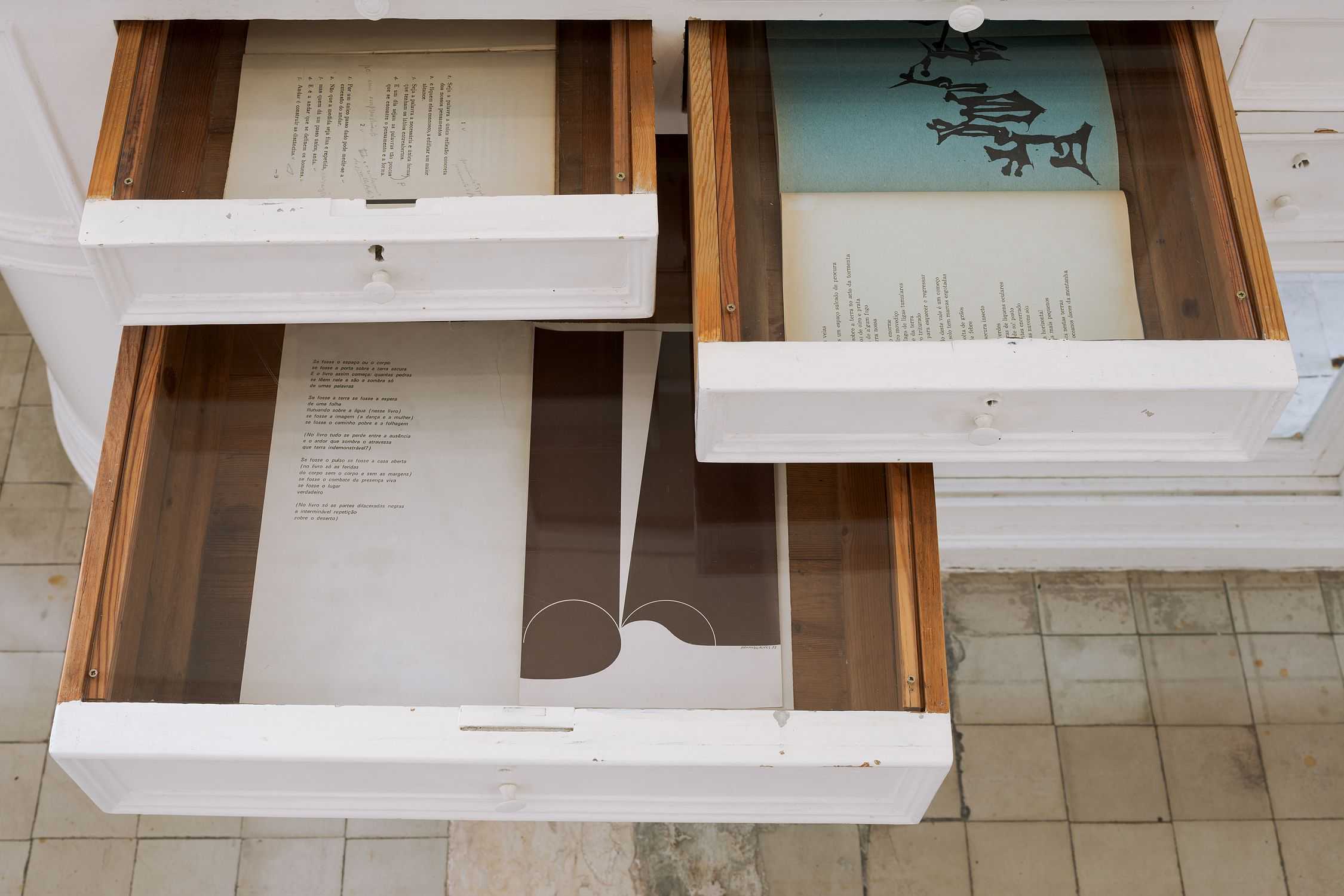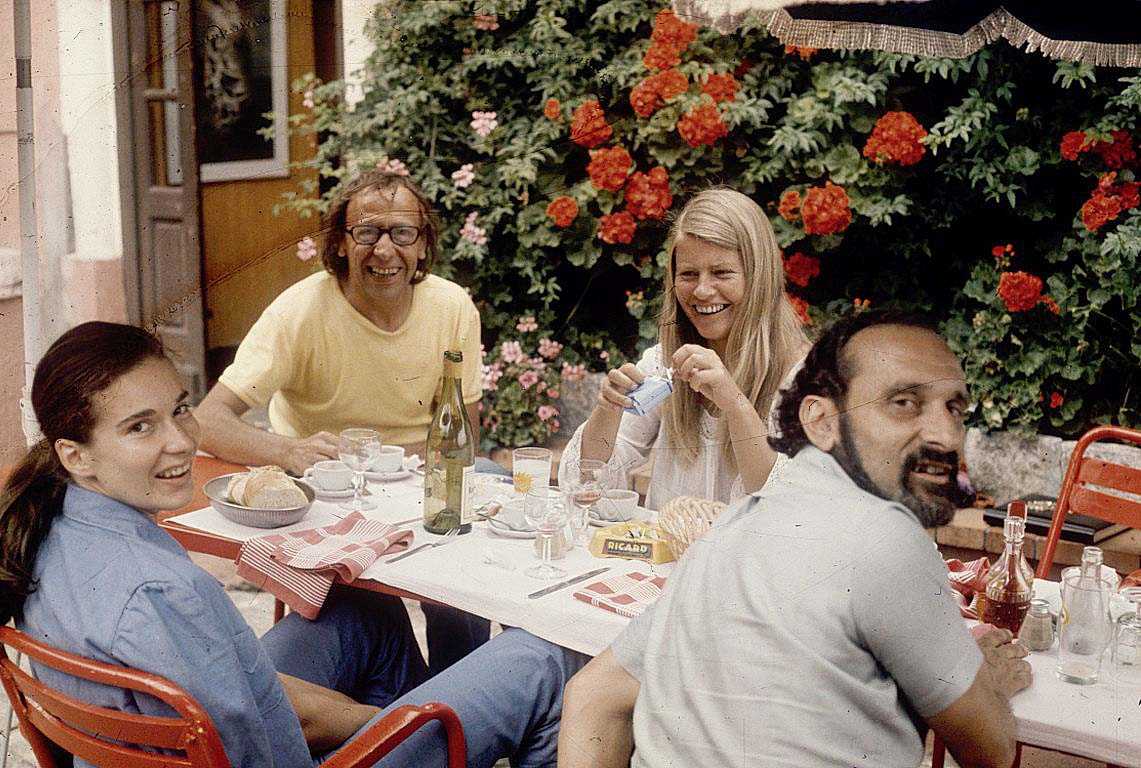PROVOKE Magazine (1968—1969)
[ Sunday 5.1.2025 ]
Dan Friedman: Radical Modernist
[ Sunday 12.1.2025 ]
For David Lynch
[ Sunday 19.1.2025 ]
Bas Jan Ader
[ Sunday 26.1.2025 ]
Chaplin Today: The Great Dictator
[ Sunday 2.2.2025 ]
Felix Gonzalez-Torres: Remembered
[ Sunday 9.2.2025 ]
Rodney Graham
[ Sunday 2.3.2025 ]
Stalker by Andrey Tarkovsky
[ Sunday 9.3.2025 ]
Herzog & de Meuron: Natural History
[ Sunday 16.3.2025 ]
Hans-Peter Feldmann: Personal Archive
[ Sunday 23.3.2025 ]
Out of Print
[ Sunday 30.3.2025 ]
Caderno de Apontamentos
[ Sunday 6.4.2025 ]
Extended Caption (DDDG)
[ SUNDAY 13.4.2025 ]
Art Press Magazine
[ Sunday 27.4.2025 ]
Akira Kurosawa’s Dreams
[ Sunday 11.5.2025 ]
O Círculo Meridiano de Espelho
A palavra que rompe o silêncio
Instrumento de Passagens
The Types Between
Project: Silence and Walking #1
Project: Silence and Walking #3
Restoring of Sight
«Mondothèque» Cabinet of Pages
AUNG Archive #1
raum: Seaport of Winds
Raum: Online Artist Residencies
Reflexão
Radical Publishing #1
Re Inventar o Dia Claro
Point de Vue
Wrong Wrong Magazine Online
Project: Silence and Walking #2
Travessia de Fronteira
Typography in Architecture
TNSC Website Proposal
Brochures
Visual Identity
Flyers
Posters
Catalogues
Artes e Leilões Magazine
Invitations
Caderno de imagens
Journal and Newsletter
Other Delli Week 8: Os livros fazem comunidades
Sebastião Rodrigues
Corita Kent
John Cage & David Tudor
EXD'13: Type Studies
[Dis] assembly of silences
The Old Place
Arthur Russell: Wild Combination
Candle
Visual Cosmologies
Samuel Beckett's FILM (1965)
Otar Iosseliani’s Aprili
Fluxfilm Anthology
Other Delli Week 7: PICNIC
IADE: Communication Design
Avant Garde Magazine
Cézanne
Bram de Does
Samuel Beckett: Quadrat 1+2
Dimanche à Pekin (1956)
Fluxus Spirit
Roy Arden blog
IADE: Type Studies
Akira Kurosawa’s Dreams
[ Sunday 11.5.2025 ]
If your recurring dreams involve making making your own films, Kurosawa has some advice. “If you really want to make films, write screenplays. All you need to write a script is paper and a pencil. It’s only through writing scripts that you learn specifics about the structure of film and what cinema is”
— Magali Roman «The Dreams of Akira Kurosawa» (The Rikumo Journal, 2017)
In the last dream, a man (once again, a stand-in for Kurosawa) walks into a sun-drenched country village. A wise old man who claims to be over a hundred years old explains how his village has avoided modern technologies in favor of a simple way of life. When Kurosawa looks puzzled, the wise man tells him that man has become addicted to convenience. Convenience leads to laziness, anxiety, and a disconnect with the natural world. The village doesn’t need doesn’t need tractors to work the paddy fields because they have cows and oxen, and it doesn’t need electricity because they have candles and linseed oil.
A baffled Kurosawa says, “But the night is dark"
“Yes, the night is dark,” says the old man, “It’s supposed to be dark.”
The scene ends with a colorful funeral procession for an elder who has died at the ripe age of 100 years old. The women, children, and men of the village parade down the road in colorful traditional dress, singing and dancing in an uplifting celebration of death. The wise man separates from Kurosawa to join the procession, commenting, “Some people say life is hard to live. That’s just talk. It’s good to be alive”
— Magali Roman «The Dreams of Akira Kurosawa» (The Rikumo Journal, 2017)
Transdisciplinary Studio
M A N I F E S T O
If artists and designers continue to insist on requiring a studio – then shouldn't the way each of them mobilizes it be a crucial component of any analysis of their practice?
— Alex Coles, The Transdisciplinary Studio (Sternberg Press, 2012)
Questioning the definition of disciplinary boundaries and the nature of the possibilities of their transgression, the Transdisciplinary Studio is an appeal to transdisciplinary methodologies and the current contextualization of the understanding of ‘transdisciplinarity’ as a new studio model for the expanded structure that is specific to contemporary artistic practice.
Here, the idea of the Internet as a meta-working space that complements the physical studio is explored and represented.
Interested in the distinction between ‘transdisciplinarity’ and ‘interdisciplinarity’, this project looks at “transdisciplinarity” as a new kind of ‘intelligence’ that mirrors the bond between mind, affection and body, while calling for a paradigm change that would also embrace a (University) reform.
































































